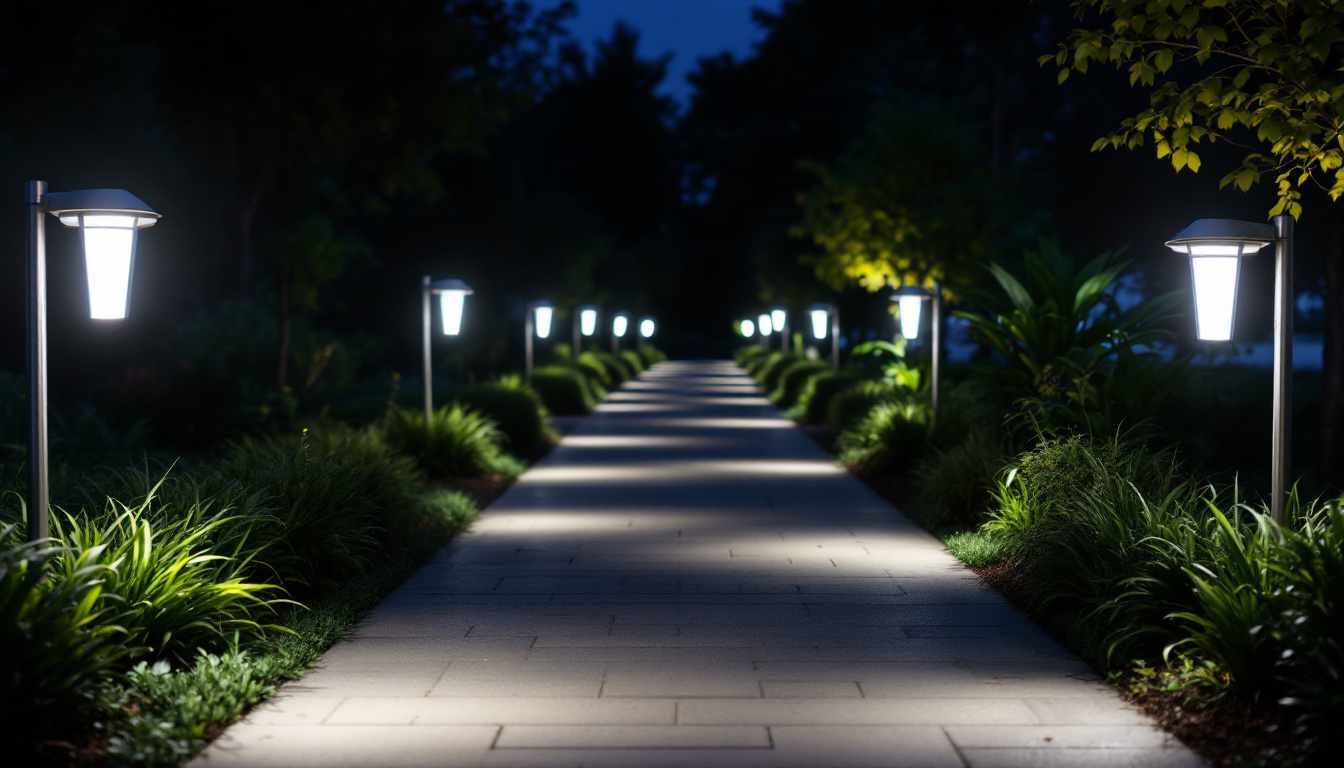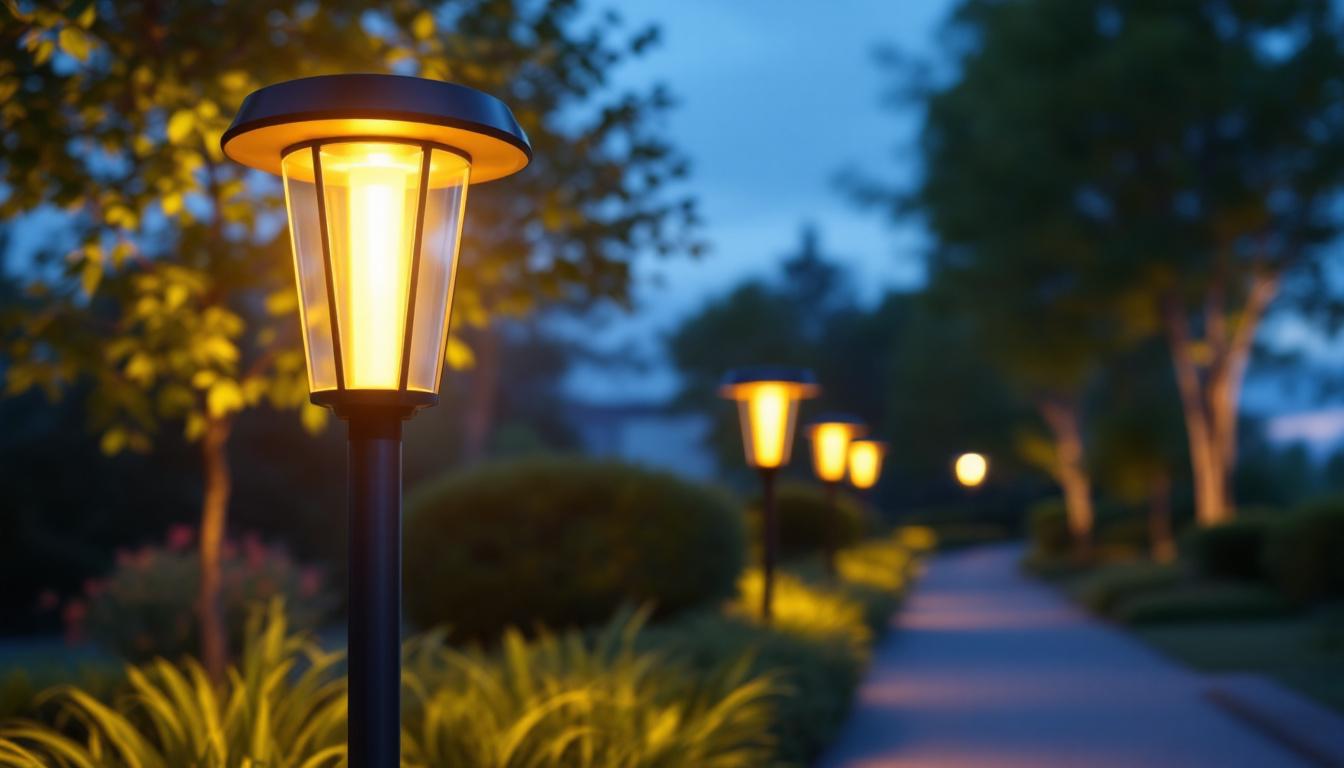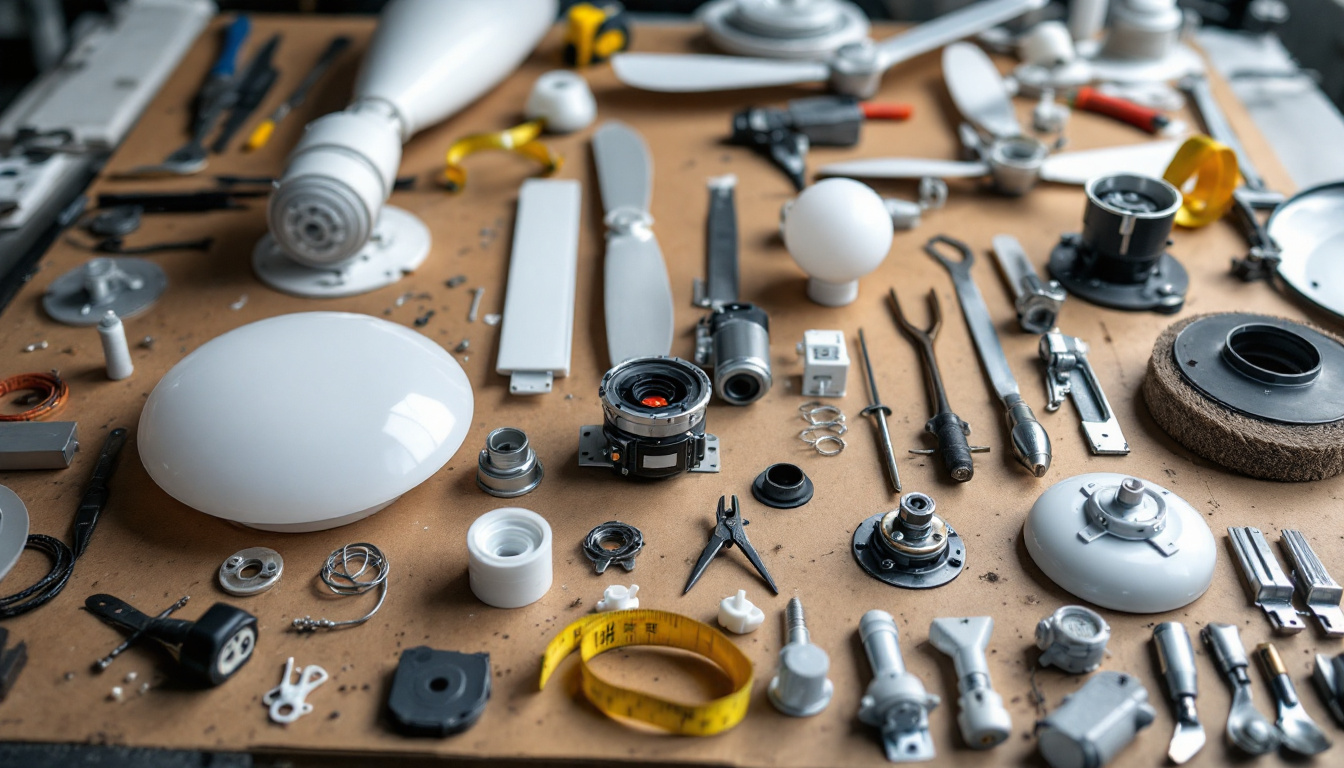
Lighting pathways effectively is a crucial aspect of landscape design, particularly for residential and commercial properties. As the demand for energy-efficient solutions grows, 120 Volt LED pathway lights have emerged as a popular choice among lighting contractors. This article delves into best practices for installing and maintaining these lights, ensuring that contractors can deliver high-quality results that meet client expectations.
120 Volt LED pathway lights are designed to illuminate outdoor spaces while providing energy efficiency and longevity. Unlike traditional incandescent or halogen lights, LEDs consume significantly less power, making them an eco-friendly choice. Additionally, they have a longer lifespan, which reduces the frequency of replacements and maintenance.
These lights are available in various styles, colors, and brightness levels, allowing contractors to tailor their selection to the specific needs of a project. Understanding the technical specifications and advantages of 120 Volt LED lights is essential for making informed decisions during installation. With advancements in LED technology, many manufacturers now offer smart features that can be integrated into home automation systems, allowing users to control their lighting remotely, set schedules, or even adjust brightness based on the time of day.
One of the primary benefits of 120 Volt LED pathway lights is their energy efficiency. They typically use up to 75% less energy than traditional lighting options, which translates to lower electricity bills for clients. This efficiency is particularly important for large properties or commercial installations, where lighting can account for a significant portion of energy consumption. Furthermore, the reduced heat output of LED lights not only enhances safety by minimizing the risk of burns or fire hazards, but also contributes to a cooler environment, which can be particularly beneficial in warmer climates.
Moreover, the longevity of LED lights means that they can last up to 25,000 hours or more, depending on usage and environmental conditions. This durability not only reduces the need for frequent replacements but also minimizes waste, aligning with sustainable practices that many clients value. In addition, many LED manufacturers offer warranties that can extend up to five years, providing further assurance of the product’s reliability and performance over time.
120 Volt LED pathway lights come in a wide range of designs, from sleek modern fixtures to more traditional styles. This versatility allows contractors to choose lighting that complements the overall aesthetic of the property. When selecting fixtures, it’s important to consider the architectural style of the building, the landscape design, and the intended use of the pathway. For instance, fixtures with a low profile may be ideal for contemporary gardens, while ornate lantern-style lights could enhance the charm of a classic home.
Additionally, the ability to adjust brightness levels and color temperatures can enhance the ambiance of outdoor spaces. Warm white lights may create a cozy atmosphere, while cooler tones can provide a more contemporary feel. Contractors should discuss these options with clients to ensure that the final design meets their expectations. Furthermore, the integration of motion sensors or dimming capabilities can add an extra layer of functionality, allowing lights to automatically brighten when someone approaches and dim when the area is unoccupied, thus enhancing both convenience and energy savings.
Proper installation is crucial to maximizing the performance and lifespan of 120 Volt LED pathway lights. Lighting contractors should adhere to best practices to ensure that the installation is both efficient and compliant with local regulations.
Before installation begins, a well-thought-out lighting plan should be developed. This involves determining the optimal placement of lights to achieve adequate illumination without creating harsh shadows or overly bright spots. A common guideline is to space pathway lights approximately 6 to 8 feet apart, depending on the brightness of the fixtures and the desired effect.
Contractors should also consider the height of the fixtures. Taller lights can cast a wider beam, while shorter lights may provide more focused illumination. The layout should take into account any landscaping features, such as trees or shrubs, which could obstruct the light or create uneven lighting patterns. Additionally, incorporating ambient lighting elements, such as soft-glow lanterns or decorative fixtures, can enhance the aesthetic appeal of the pathway while providing functional illumination. This thoughtful design not only improves safety by ensuring visibility but also adds to the overall ambiance of the outdoor space.
When working with 120 Volt systems, safety is paramount. Contractors must ensure that all electrical connections are secure and comply with local building codes. This includes using appropriate wiring, connectors, and junction boxes that are rated for outdoor use.
It’s also essential to consider the power source for the lights. Contractors should assess the existing electrical infrastructure and determine if any upgrades are needed to support the new lighting system. If multiple fixtures are being installed, calculating the total wattage and ensuring that it does not exceed the circuit capacity is crucial to prevent tripping breakers or potential fire hazards. Furthermore, it may be beneficial to install a dedicated circuit for the pathway lighting to enhance safety and reliability. This approach minimizes the risk of overloading existing circuits and allows for easier troubleshooting should any issues arise in the future.
After installation, testing the lighting system is a critical step. This involves checking each fixture to ensure it is functioning correctly and making any necessary adjustments. Contractors should evaluate the overall illumination of the pathway, looking for areas that may require additional lighting or adjustments in fixture placement.
It’s also advisable to conduct a nighttime walkthrough with the client to ensure their satisfaction with the lighting. This provides an opportunity to make real-time adjustments and demonstrate the effectiveness of the installed system. During this walkthrough, contractors can discuss the benefits of different lighting modes, such as dimming options or motion sensors, which can enhance both energy efficiency and security. By engaging the client in this process, contractors not only build trust but also ensure that the final lighting solution aligns perfectly with the client’s vision and needs, creating a beautifully lit pathway that is both functional and inviting.
Regular maintenance is key to ensuring that 120 Volt LED pathway lights continue to perform at their best. Contractors should educate clients on simple maintenance practices that can prolong the life of their lighting systems.
Over time, dirt, dust, and debris can accumulate on the fixtures, diminishing their brightness and overall effectiveness. Contractors should recommend a cleaning schedule, ideally every few months, to keep the lights looking their best. A simple solution of mild soap and water, along with a soft cloth, is usually sufficient for cleaning LED fixtures.
In addition to the fixtures themselves, the surrounding landscape should also be maintained. Overgrown plants or debris can obstruct light and create uneven illumination. Encouraging clients to keep pathways clear and well-maintained will enhance the overall lighting experience.
Periodically inspecting electrical connections is essential for preventing issues such as flickering lights or complete outages. Contractors should advise clients to look for signs of wear or damage in the wiring and connectors. If any issues are detected, prompt repairs or replacements should be made to ensure safety and functionality.
Additionally, it may be beneficial to schedule professional inspections every few years, particularly for larger installations. This proactive approach can catch potential problems before they escalate, saving clients time and money in the long run.
As technology continues to evolve, new advancements in LED lighting may offer improved efficiency or features. Contractors should stay informed about the latest developments in LED technology and consider recommending upgrades to clients when appropriate. This could include options such as smart lighting systems that allow for remote control and scheduling, enhancing convenience and energy savings.
Encouraging clients to invest in upgrades not only improves their lighting experience but also positions contractors as knowledgeable professionals who are committed to providing the best solutions available.
Effective communication with clients is essential for successful lighting projects. Lighting contractors should take the time to educate clients about the benefits of 120 Volt LED pathway lights, installation processes, and maintenance requirements.
From the outset, it is important to set realistic expectations regarding the project timeline, costs, and potential challenges. Clients should be informed about the factors that can affect installation, such as weather conditions or site accessibility. By being transparent about these aspects, contractors can build trust and foster a positive working relationship.
Additionally, discussing the long-term benefits of LED lighting, such as energy savings and reduced maintenance, can help clients appreciate the value of their investment. Providing clear comparisons with traditional lighting options can further reinforce the advantages of choosing LED technology.
Contractors should equip clients with resources for maintaining their lighting systems. This could include written guidelines, instructional videos, or links to reputable online resources. By empowering clients with knowledge, they will feel more confident in managing their lighting and less likely to encounter issues that require professional intervention.
Offering ongoing support, such as follow-up consultations or maintenance services, can also enhance client satisfaction and encourage repeat business. Establishing a strong rapport with clients can lead to referrals and positive word-of-mouth, which are invaluable for a lighting contractor’s reputation.
120 Volt LED pathway lights offer a range of benefits for both contractors and clients, including energy efficiency, longevity, and design versatility. By adhering to best practices in installation and maintenance, lighting contractors can ensure that their projects not only meet but exceed client expectations.
From planning and electrical considerations to ongoing maintenance and client education, every step plays a vital role in the success of a lighting project. By staying informed about the latest technologies and fostering strong relationships with clients, contractors can position themselves as leaders in the industry, providing exceptional service and high-quality results.
In a competitive market, the ability to deliver well-designed, efficient, and aesthetically pleasing lighting solutions will set contractors apart and contribute to their long-term success.
Ready to enhance your lighting projects with the efficiency, longevity, and design versatility of 120 Volt LED pathway lights? At LumenWholesale, we provide contractors with the highest quality, spec-grade lighting products at unbeatable wholesale prices. Say goodbye to local distributor markups and hello to superior lighting solutions that meet the highest industry standards. With our hassle-free bulk buying and free shipping, you can trust that you’re getting premium lighting at the best value — without hidden fees or compromises. Elevate your lighting installations today by visiting Wholesale Lighting at the Best Value and experience the LumenWholesale difference.

Discover how motion sensor three-way light switches can enhance your business offerings and increase profits.

Discover the transformation of solar-powered outdoor lamp post lights and their impact on the lighting industry.

Discover how lighting contractors can enhance their business by leveraging innovative lighting solutions and smart plug technologies.

Discover the essential guide to ceiling fan components tailored for lighting contractors.